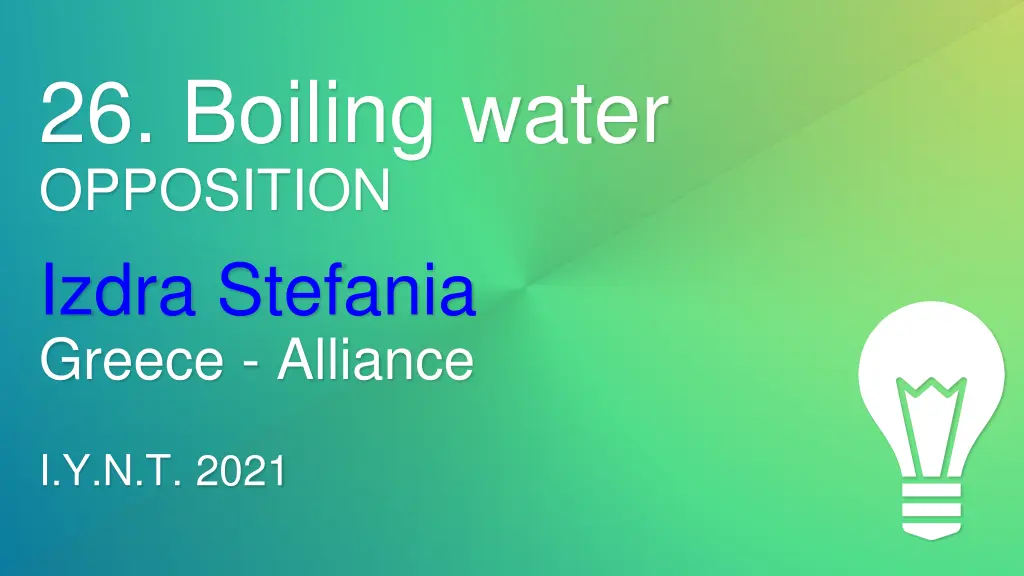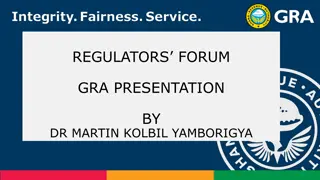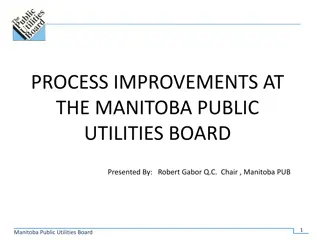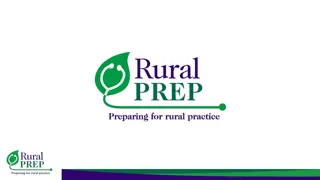
Boiling Water Opposition Experiments
Explore the experiments and analysis of boiling water opposition by Izdra Stefania in Greece. The presentation covers theoretical explanations, experiment setup, data analysis, deductions, pros, cons, and suggestions for improvement. Discover insights into the phenomenon and ways to enhance experimental outcomes.
Download Presentation

Please find below an Image/Link to download the presentation.
The content on the website is provided AS IS for your information and personal use only. It may not be sold, licensed, or shared on other websites without obtaining consent from the author. If you encounter any issues during the download, it is possible that the publisher has removed the file from their server.
You are allowed to download the files provided on this website for personal or commercial use, subject to the condition that they are used lawfully. All files are the property of their respective owners.
The content on the website is provided AS IS for your information and personal use only. It may not be sold, licensed, or shared on other websites without obtaining consent from the author.
E N D
Presentation Transcript
26. Boiling water OPPOSITION Izdra Stefania Greece - Alliance I.Y.N.T. 2021
General outline of the presentation INTRODUCTION TO THE PHENOMENON THEORETICAL EXPLANATION SETUP EXPERIMENTS DATA ANALYSIS DEDUCTIONS 2 Good Needs improvement Average
Theory Pros: 1. Referred to relevant theory such as the nucleation and the surface popping. Cons: 1. Did not include a predictive theory about the experimental part. 2. Did not refer to the role of the shape of the kettle. 3
Experiment & Results Pros: 1. Referred to the possible errors of the experimental part. 2. Included a clear hypothesis about the results. 3. Inserted a graphical representation of the intensity of the sound. Cons: 1. Did include graphs that present the results of the experimental procedure. 2. There was not a connection between the theory and the experiment. 3. Did not measure the frequency of the sound. 4. Did not spot any pattern of the sound. 5. Not complete sentences about the possible errors of the experiment: the temperatures registered by the thermometer could (?) 4
Suggestions for further Improvement Measure the frequency of the sound. Conduct the experiment in a soundproof room. Explain the reasons behind your errors of your experiment. Repeat your experimental part more times in order for the results to be more valid. Investigate the role of the shape of the kettle. 5






















